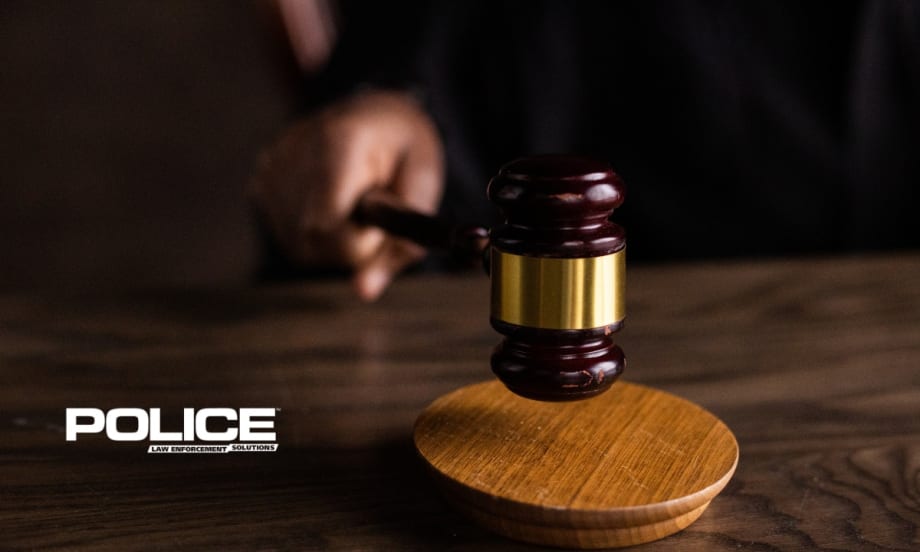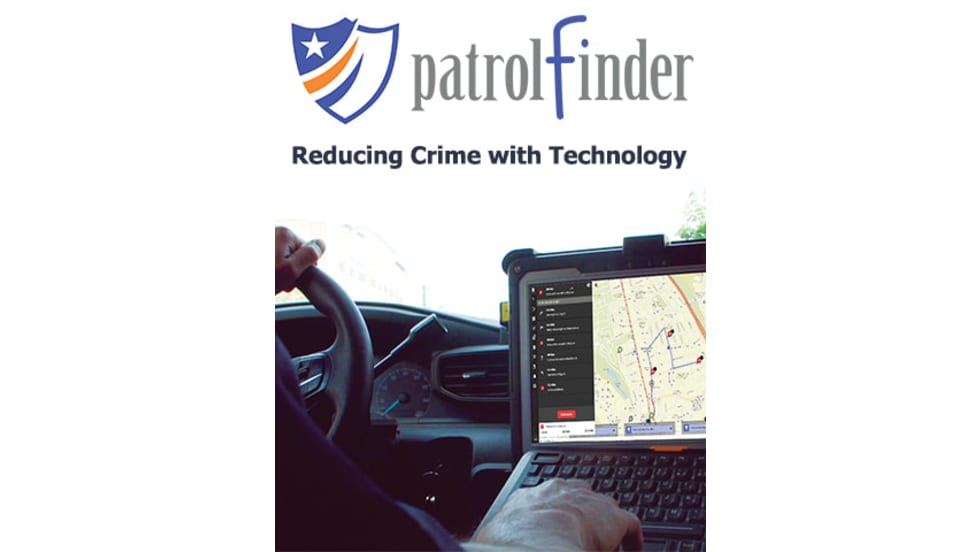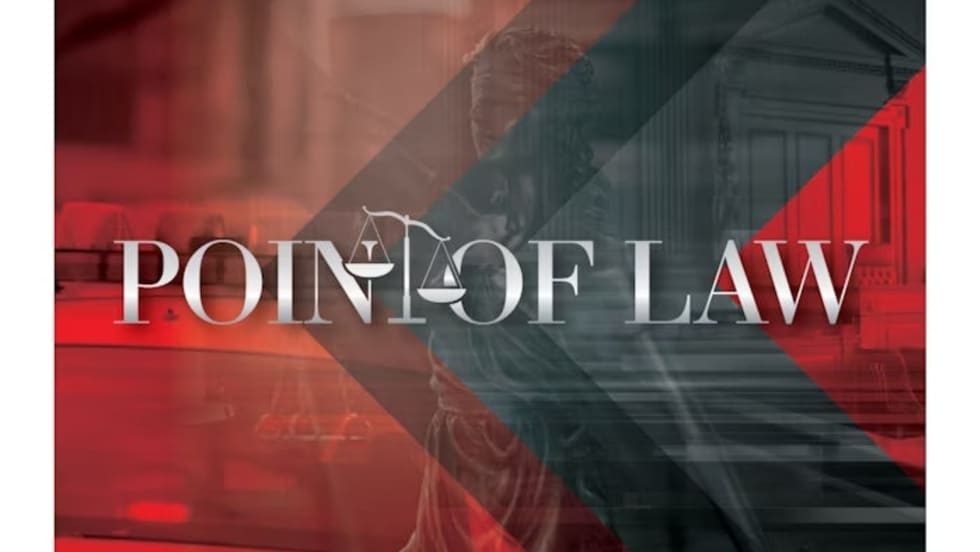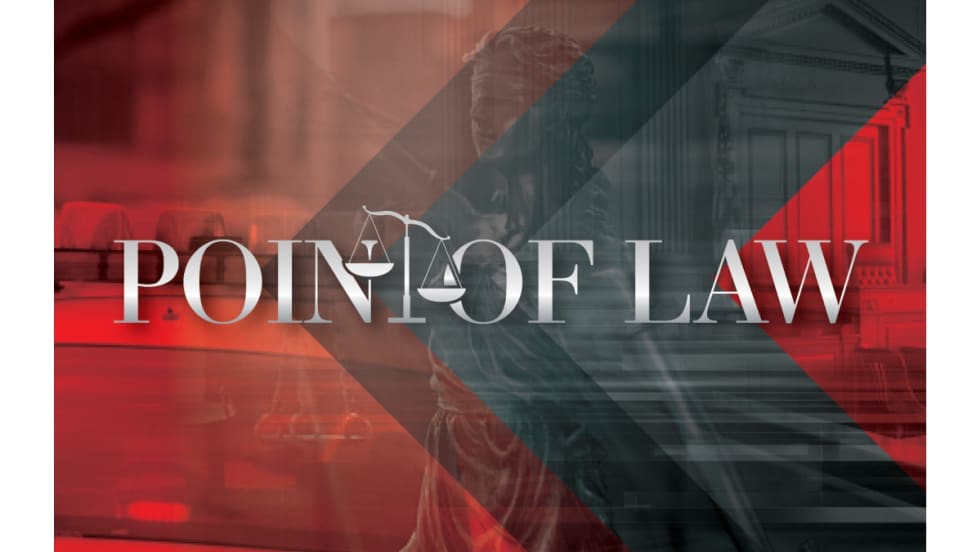The phrases “officer-created jeopardy” or “officer-induced jeopardy” describe actions taken by police officers that increase the risk of injury to the officer and escalate the probability of use of lethal force by officers, which may have been avoided had the officer not placed himself or herself in a self-created dangerous situation.
Understanding Officer-Created Jeopardy
Officers can be criminally prosecuted for using force when their actions led to escalation during contact with subjects.

POLICE
Understanding what action you should not undertake can be more important than knowing what actions you should undertake. Officer-created jeopardy situations place officers in danger and serve no legitimate law enforcement purpose. These actions escalate risk and result in injuries and deaths of both officers and suspects.
Examples of officer-created jeopardy include, but are not limited to, removing a suspect from a vehicle when a violator refuses to sign a traffic citation, failure to de-escalate and call a supervisor, escalating a tense situation with a suspect by engaging in verbal bantering with the suspect, standing or moving in front of a suspect’s vehicle while the engine is running or reaching into a vehicle that is attempting to flee in a (last-ditch) attempt to pull the fleeing suspect out of the vehicle.
Many officer-created jeopardy situations can be avoided. These situations pose an elevated risk of danger to the officer or suspect or both. These situations increase the risk of using force and deadly force. Most police officers do not want to be in a position having to justify their use of force to internal affairs detectives, the news media, or to a grand jury.
Civil rights claims brought under 42 U.S. Code § 1983 are quite different from criminal prosecution standards that can vary from state to state. In 42 U.S. Code § 1983 civil rights cases the federal courts use a standard to determine whether the use of force applied by the officer was “objectively reasonable” under the circumstances known to the officer at the time the officer acted. 1983 cases utilize Graham v. Connor as a benchmark to analyze these civil rights cases. Graham v. Conner dictates that federal courts analyze officers’ use of force to determine whether the force used was objectively reasonable at the time of the incident, without analyzing, in hindsight, whether the officer could have made better tactical choices managing the situation. If the officer acted as any other reasonable police officer would have, under the same or similar circumstances, the officer is shielded from liability under the qualified immunity doctrine.
State criminal courts do not apply these federal standards. In 2025 José P. Garza, the district attorney of Travis County (Austin), Texas, announced that his office was not bound by federal standards (that allow objectively reasonably force) when his office reviews police use of force cases for prosecution. If a district attorney convinces a jury that an officer should have “done things differently” the jury can convict officers who use objectively reasonable force of criminal offenses including assault, aggravated assault, official misconduct, and even homicide. This past year, jurors in Travis County ignored solid trial evidence of accepted police practices and training procedures and convicted a police officer of the offense of Deadly Conduct and sentenced him to two years in state prison. His partner is waiting to stand trial for murder.
In the Travis County incident, officers used deadly force against a mental health suspect who approached them with a butcher knife and refused to drop it. Under federal standards the officers would have been immune from prosecution. There are prosecutors in liberal communities throughout the country who will prosecute officers even if the force used was objectively reasonable under federal standards.
Because of the political climate that has spread across the country in recent years, officers should question whether they should use force if there are other tactics available that could avert the use of force completely. Like the analysis used in Graham v. Conner, officers should consider the level of the offense before deciding to use any force. High-risk force options such as pulling traffic violators out of vehicles to physically arrest for minor misdemeanor offenses like traffic violations should, and usually can, be avoided. The risk vs. reward is too great.
Traffic stops are situations that can escalate quickly, especially when a violator refuses to sign their citation. Most states have laws that allow the officer to arrest violators who do not sign the “promise to appear” on the citation. Although arrest may be legal, it may not be the best option. The odds of force escalating when you physically pull a traffic violator out of their vehicle is great. Is the risk worth it for a low-level misdemeanor traffic violation?
In Austin, a deputy constable stopped a 72-year-old grandmother. The violator was a hostile woman with a foul mouth. She refused to sign the citation. The officer became frustrated, and his emotions overrode his cognitive analysis. The officer began screaming at her. After the violator exited her vehicle spewing expletives, she finally told the officer, “Give it [citation] to me and I’ll sign it.” Unfortunately, the officer had already made his mind up that she was going to jail. This was a mistake. Instead of checking his emotions and allowing her to sign the citation, he ended up grappling with her on the edge of a highway and tased her. This entire event was captured on the officer’s dashcam and played on local news outlets for days.
Videos like this never go away. They remain on YouTube. In this officer-created jeopardy situation the officer already had her driver’s license. Did he “need” to arrest her, or could he have managed this differently, without physical contact?
Since the officer already had the violator’s critical information from her driver’s license he could have handed her license back to her and advised her that the court would be sending her a summons to appear in court to answer the charge. He would have been back in service without the use of any force. No use of force report, no internal affairs investigation, and no news story. De-escalating our emotions and thinking with our brain is critical in these situations, and can save a lot of heartache, later.
Another scenario is when a suspect starts his car to flee the scene after officers order the suspect to turn off the vehicle and step out. When I was a police officer it was unthinkable to step in front of a suspect’s vehicle to order them to stop. I do not know when this dangerous tactic began, but it is an ill-advised tactic. It is not an acceptable police procedure. This tactic is another example of officer-created jeopardy because it puts the officer in a zone of extreme danger—forcing the officer to either be run over or shoot a driver attempting to flee. I am not justifying an offender driving toward an officer who placed themselves in front of the offender’s vehicle. The point here is that stepping in front of an offender’s vehicle is extremely dangerous and creates a deadly force situation that could be avoided if the officer stood away from the vehicle’s path. Using deadly force on a violator who may only be fleeing a misdemeanor charge could result in criminal prosecution of the officer. It is not worth it.
Another officer-created jeopardy situation is when officers decide to verbally engage with subjects spewing derogatory remarks to officers. I recently observed body camera footage of a traffic stop of an intoxicated driver. The driver was small, however, his brother was a large male, about six-feet, six-inches tall and weighing about 250 pounds. The passenger was the driver’s brother. He was extremely aggressive. He was abusive and condescending to the officers and taunted them. One officer began exchanging insults with the passenger. Both suspects were released to a family member who took them home.
Several hours later the driver called police to his home and ambushed responding officers with a rifle, resulting in the fatal shooting of an officer. This ambush may have occurred regardless of the verbal insults between the officer and the passenger. The point here is when we put on the badge and gun, the public expects and demands that we control our emotions and remain professional even when faced with hostile verbal abuse from others. In these times, officers are under extreme scrutiny. Besides the risk of officers suffering injuries, body-worn camera footage of officers taunting or reacting unprofessionally reflects poorly on all police officers. This is especially true when body-worn camera footage becomes evidence at a trial and is played to jurors. An officer’s unprofessional conduct can mean the difference between an acquittal or a conviction for the officer.
Former Milwaukee Police Chief Edward Flynn asserted in the U.S. Commission on Civil Rights’ 2018 report, “Police Use of Force: An Examination of Modern Policing Practices” that police officers should be held accountable for the decisions that lead up to the use of deadly force. He argues that officers should be reprimanded (if not fired) for instigating officer-created jeopardy or placing themselves in a situation where lethal force is their only choice.
Whether you agree or disagree with Chief Flynn, or this article, you should consider these situations and your ultimate decision to use force. The most prudent and simplest analysis should be whether the use of force is “necessary” as opposed to whether it is “legal.”
If you can clear a call without force, the result will be more favorable to all involved. If you choose the use of force in situations where there are “no force” options, make sure you can defend your actions in court. If you are indicted by a grand jury, you may be forced to convince jurors that there was no other way you could have handled the situation. Use your brain, keep your emotions in check, think about all available options, and be safe.
Kevin R. Madison has served as a police chief, prosecutor, and state magistrate. He is an expert witness in cases involving police procedures and use-of-force cases throughout the United States.
More Point of Law

How One Police Department Cut Crime by 46% with Smarter Patrol Management
Discover how one police department cut crime nearly in half using smarter patrol data. This whitepaper breaks down the real-world strategy behind a 46% drop in vehicle thefts, improved officer safety, and stronger community visibility.
Read More →
Point of Law: The Limits of Electronic Searches
Can an individual be prosecuted for despicable criminal conduct based on evidence obtained in violation of the United States Constitution? Ultimately, the Ninth Circuit judges wrote, “In the circumstances of this case (United States v. Holcomb, 23-469 (9th Cir. 2025)), respect for the Constitution and the rule of law requires an answer of “no.”
Read More →
Trump Issues Order Cutting Federal Funding in Cashless Bail Jurisdictions
<strong>“</strong>Cashless bail policies allow dangerous individuals to immediately return to the streets and further endanger law-abiding, hard-working Americans because they know our laws will not be enforced,” the administration said.
Read More →
Justice Department Sues Los Angeles Over Sanctuary Policies
The DOJ said in a press release that the “sanctuary city” policies of the City of Los Angeles are illegal under federal law.
Read More →
Point of Law: The Limitations of Search Warrants
In the Tenth Circuit case of Cuervo v. Sorenson, the Court ruled officers cannot deviate from the language of the warrant.
Read More →
DOJ Dismisses Consent Decrees Affecting Louisville and Minneapolis Police
The Civil Rights Division will be taking all necessary steps to dismiss the Louisville and Minneapolis lawsuits with prejudice, to close the underlying investigations into the Louisville and Minneapolis police departments.
Read More →
New Michigan Bill would Give Officers Civil Immunity in Self-Defense Cases
House Bill 4404 would create a presumption of civil immunity for individuals who are cleared criminally after using force in self-defense, shifting the burden of proof onto plaintiffs.
Read More →
Seattle to Pay Police Captain $1 Million to Settle Lawsuit
Seattle police Capt. Eric Greening sued former Chief Adrian Diaz last year alleging that Diaz retaliated when Greening brought up concerns about racial and gender discrimination.
Read More →
Washington Agencies Ordered to Not Delete Critical Facebook Contents
Jim Leighty, a local activist, filed two federal lawsuits last year claiming both agencies deleted or hid critical comments he had written below multiple posts, while keeping comments that were pro-police in nature.
Read More →
Washington State Attorney General Sues Sheriff for Helping Immigration Enforcement
The lawsuit claims the Adams County Sheriff’s Office has illegally held people in custody based only on their immigration status, helped federal agents question people in custody, and given immigration officials confidential personal information.
Read More →
